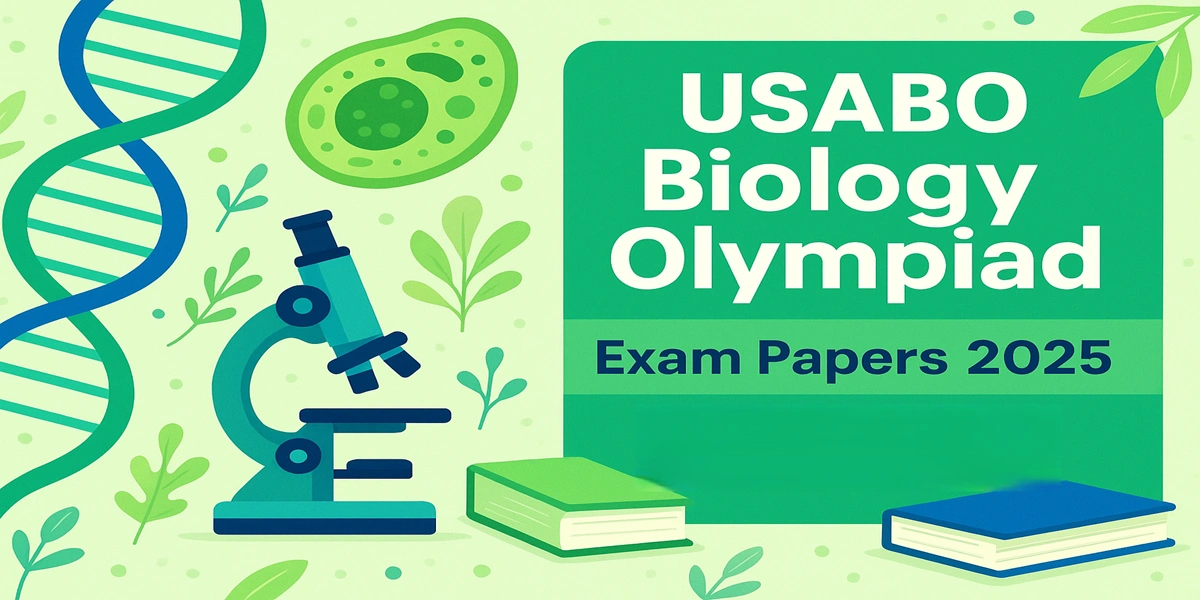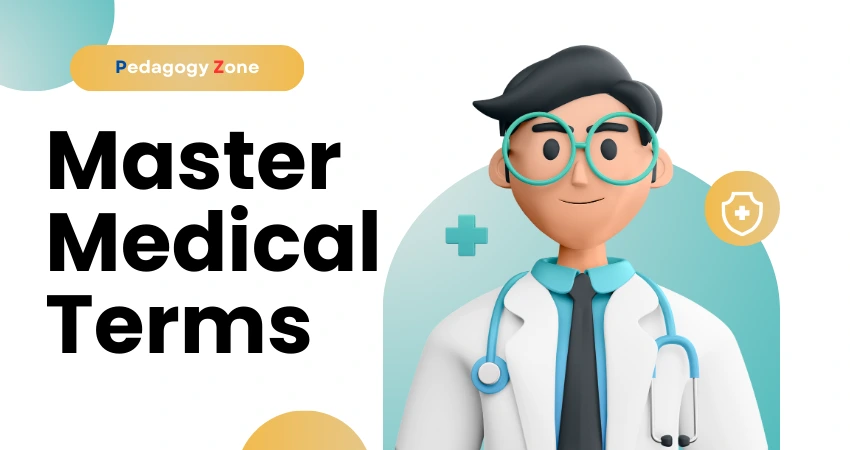Isomerism arises in compounds having the same chemical formula but different orientations of the atoms belonging to the molecule in three-dimensional space is known as Stereoisomerism. The compounds that exhibit stereoisomerism are often referred to as stereoisomers. This phenomenon can be further categorized into two subtypes. (i) Geometrical isomerism and (ii) Optical isomerism.
Stereochemistry plays an important role in our everyday live in our body. Only certain stereoisomers of carbohydrates and amino acids can be created and digested by body. For example all of our proteins that make up our hair, skin, organs, brain, and tissues, are composed of a single stereoisomer of amino acids. Additionally, our bodies can make and digest starch but not cellulose even though both are just polymers of glucose of different stereochemistry.
Because living systems are themselves stereo selective, each stereo isomeric drug can behave very differently in vivo. The drug must approach and fit closely to the receptor surface to evoke the pharmacological action. Hence the drug must possess a high degree of structural specificity or stereo selectivity. Many drugs show stereo selectivity because mostly receptor binds are optically active biological macromolecules such as protein, polynucleotide or glycolipids.
Geometrical Isomerism
The isomers which possess the same structural formula but differ in the spatial arrangement of the groups around the double bond are known as geometrical isomers and the phenomenon is known as geometrical isomerism. This isomerism is shown by alkenes or their derivatives. When similar groups lie on the same side, it is the cis isomer; while when the similar groups lie on opposite sides, the isomer is trans. In geometric isomers, cis and trans isomers differ in their physical and chemical properties. Therefore, their distribution in the biological medium is different.
For example, Diethyl stilboesterol exist in two fixed stereo isomeric forms; trans Diethyl stilboestrol cis oestrogenic, whereas cis isomer is only 7% as active. In trans Diethyl stilboestrol, resonance interaction and minimal stearic interference tend to hold the two aromatic ring and connecting ethylene carbon atom in the same plane.

Optical Isomerism
This type of isomerism arises from different arrangements of atoms or groups in three-dimensional space resulting in two isomers which are mirror image of each other. Optical isomers contain an asymmetric (chiral) carbon atom (a carbon atom attached to four different atoms or groups) in their molecules
A chiral compound containing one asymmetric center has two enantiomers. Optical isomers or enantiomers have same physical and chemical properties like identical melting points, pKa , solubities, etc. But the important difference between two is that each member rotates the plane of polarized light to the same degree, in opposite directions. Enantiomer rotates the plane of polarisation in a clockwise direction is known as the (+) form and anticlockwise is known as (-) form.
Enantiomers of a chiral drug have identical physical and chemical properties in an achiral environment. In a chiral environment, they may have different physiological activities like the protein binding, bioavailability, rate of metabolism, metabolites, excretion, potency and selectivity for receptors, transporters and/or enzymes, and toxicity. Because living systems are themselves chiral, each of the enantiomers of a chiral drug can behave very differently in vivo.
- (-) Hyoscyamine, which exhibits 15 to 20 times more mydriatic activity than (+) Hyoscyamine.
- (-) Ephedrine is 3 times more active than (+) Ephedrine, 5 times more active than Pseudoephedrine and 36 times more active than (-) Pseudoephedrine.
- (+) Ascorbic acid has more anti scorbutic properties.
The difference is due to the interaction of asymmetric carbon atom of the molecule with stereo specific receptor. According to Easson-Stedman hypothesis, if binding is specific for one enantiomer then a three point attachment must occur between the enantiomer and the asymmetric surface of the receptor, since only one of the enantiomers will fit, the other one is capable of a two point attachment only. Example of Easson Stedman principle is binding of catecholamine to a α-adrenergic receptor specific for (-) Epinephrine, which is 12 to 15 times more vasoconstrictor activity than (+)Epinephrine.
The more active R (-) Epinephrine contacts with the receptor through 3 interactions as given in the Fig.
A- Acceptor or donor or hydrophobic interaction between aromatic ring of epinephrine and aromatic ring of the receptor.
B- A hydrogen bonding with alcoholic hydroxyl group
C- An ionic bond between protonated amino group and specific glutamic carboxylic group in the receptor.

Fig. 1.1 Epinephrine and Receptor Binding
S(+) Epinephrine can make contact through only two groups.
The enantiomer, which has high affinity for receptor, is called eutomer, whereas the one with lower affinity called distomer. The ratio of activity of eutomer and distomer is called eudismic ratio, the expression of the eudismic index is
![]()
The enantiomeric pair differs in their pharmacodynamics profile and pharmacological effect.
- Both enantiomers have same pharmacological profile eg. Cyclophosphamide.
- One enantiomeric form is more active than the other. S (-) Warfarin is 5 times more active, than R (+) Warfarin; (-) Propranolol is more active than (+) Propranolol.
- One enantiomer may be inactive (s) α-methyldopa is active and used as antihypertensive but (R) form is inactive.
- Any one enatiomer may be toxic. eg. Thalidomide a sedative drug, the (S) Thalidomide is teratogenic effect leading to phocomelia in many newborns; (S)
Naproxen has anti-inflammatory activity and (R) Naproxen is toxic; (RR) Ethambutol is tuberculostatic but causes night blindness.
- Eutomer and distomer both have desired action, but one form may have additional beneficial effect. eg. Bupivacaine both (+) and (-) have local anaesthetic activity but only (-) isomer has additional vasoconstrictor action, thus prolonging the local anaesthetic action.
- One may exhibit opposite or different pharmacological action.
1) Quinine is used as antimalarial and Quinidine is anti-arrhythmic agent; 2R, 3S-Propoxyphene is used as analgesic and 2S, 3R is used as antitussive;
2) (S)-Thyroxine is thyroid hormone and ®-Thyroxine is used as antihyperlipoproteimic;
3) (S)-Timolol is an antihypertensive, whereas the ®-Timolol is prescribed for glaucoma;
4) (-) Sotalol is adrenergic blocker and (+) Sotalol is antiarrythymic agent;
5) (-) Indacrinone is an diuretic and (+) Indacrinone is Uricosuric agent;
6) L-Asparagine has sweet taste while the R – Asparagine is tasteless;
7) (R) – Carvone has caraway odor while (S) – Carvone has spearmint odor. - Sometimes metabolic inversion to the active isomer occurs for example, antiinflammatory drug Ibuprofen sold as racemic mixture. The S enantiomer shows anti-inflammatory by inhibiting cyclooxygenase. The R isomer gets converted to the S form in vivo.

Single enatiomers have less complex and more selective pharmacodynamic profile as compared to racemic mixture, so have lesser adverse drug reactions, improved therapeutic profile, less chance of drug interactions than racemic mixtures.
| Read More Topics |
| Application of non-classical bioisosteres in drug design |
| Importance of chelates in medicine |
| Phase I and phase II metabolic pathway |





